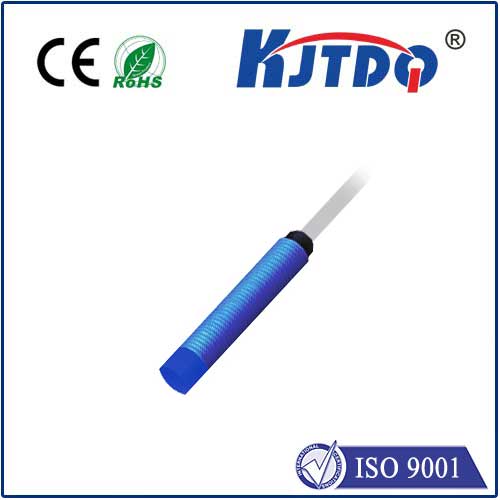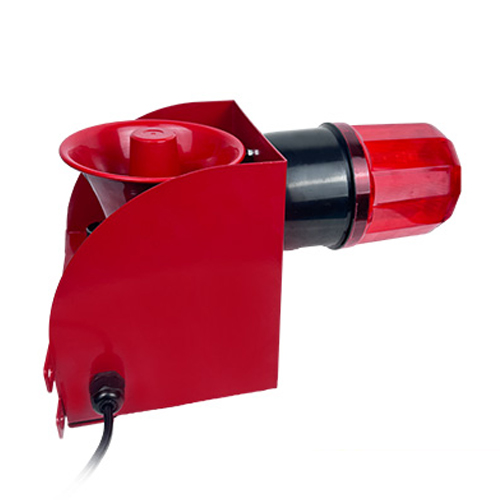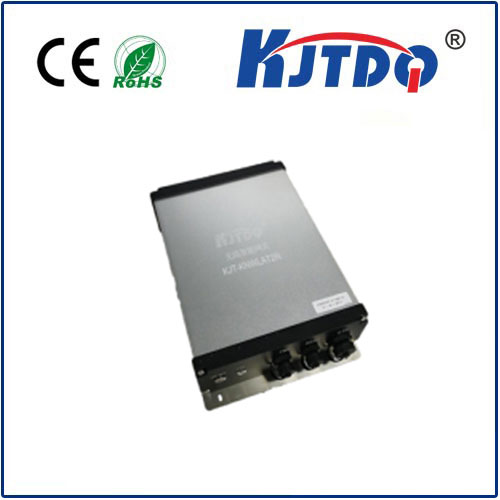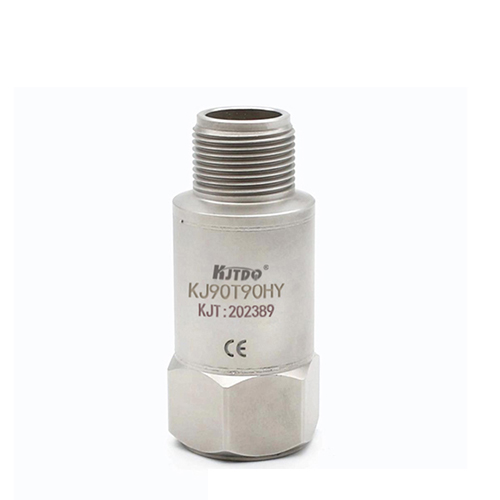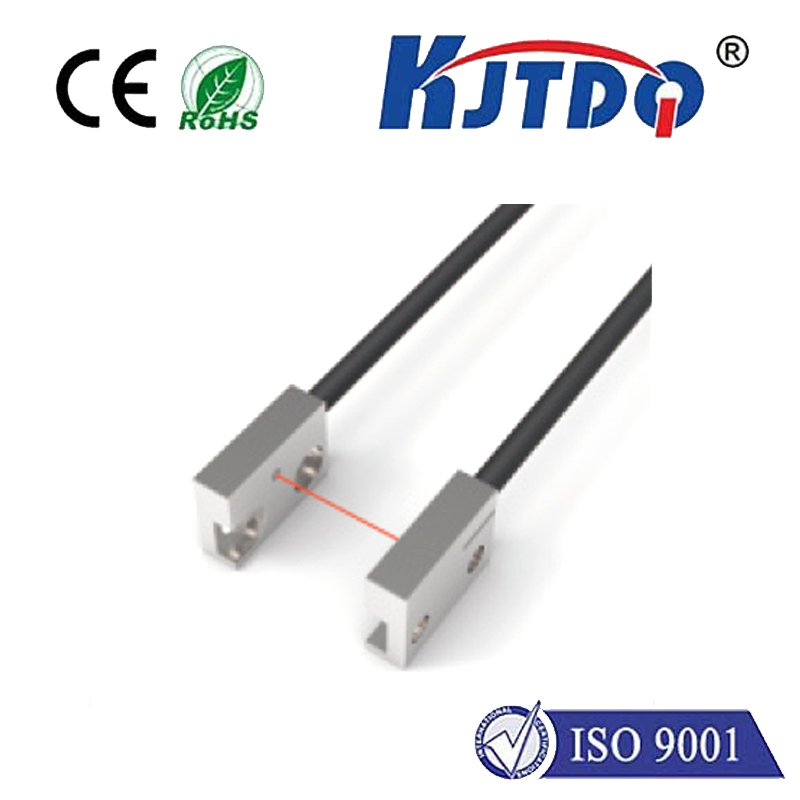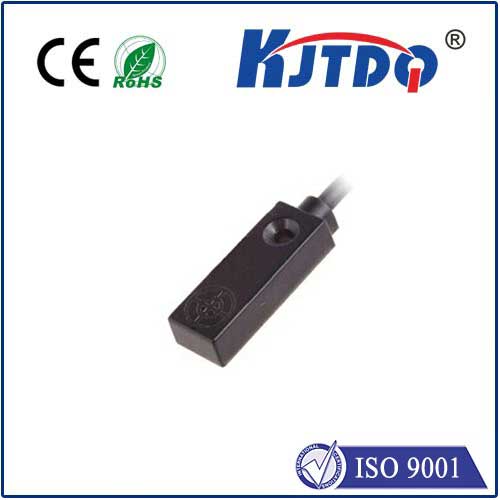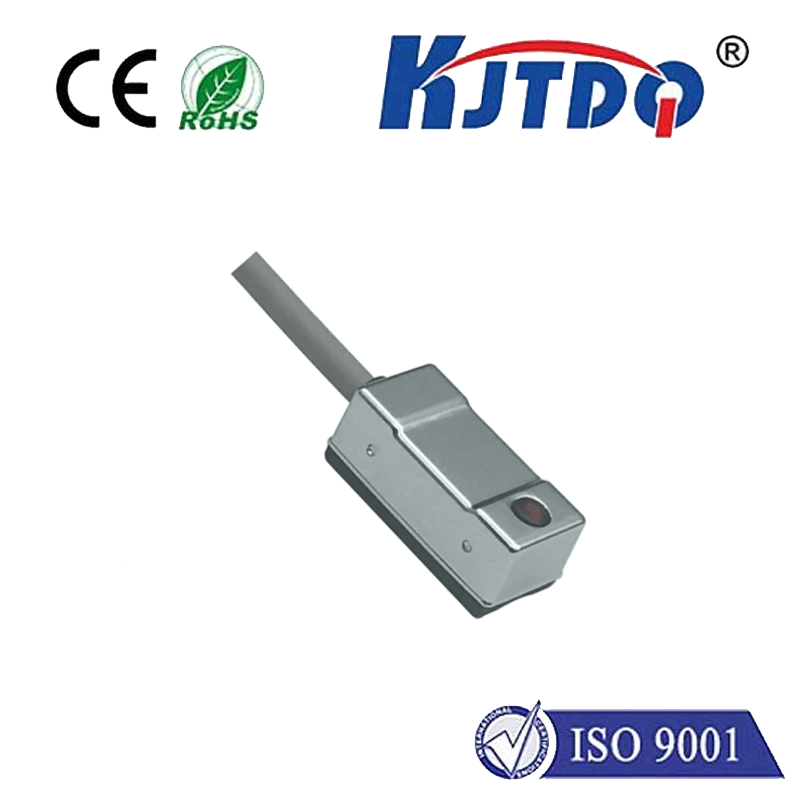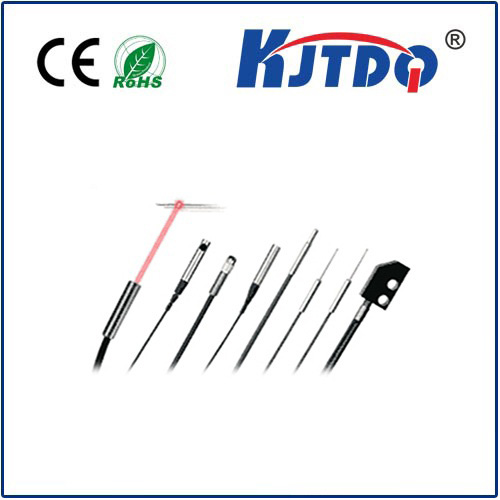proximity sensor for human detection
- time:2025-06-24 02:12:57
- Click:0
Unlocking Safety & Efficiency: The Power of Proximity Sensors for Human Detection
We live in an increasingly automated world. Devices anticipate our needs, systems manage our environments, and machines perform complex tasks. Yet, for all this sophistication, one fundamental capability remains paramount: the ability to sense the human presence. Enter the proximity sensor for human detection – a subtle yet transformative technology weaving safety, efficiency, and convenience into the fabric of our daily interactions with technology. Understanding how these sensors work and where they excel is key to unlocking their immense potential.
Beyond Simple Object Detection: Recognizing Human Presence
At their core, proximity sensors detect objects within a defined range without physical contact. Common types include:
- Infrared (IR) Sensors: Detect heat signatures (passive IR - PIR) or emit IR light and measure reflection (active IR). PIR is popular in motion-activated lights but can struggle with stationary individuals.
- Ultrasonic Sensors: Emit high-frequency sound waves and calculate distance based on echo time. Effective for presence but can be sensitive to environmental factors like air currents or soft furnishings.
- Capacitive Sensors: Detect changes in an electrical field caused by conductive objects (including the human body). Often used for touchscreens and short-range detection.
- Microwave Radar Sensors: Emit low-power electromagnetic waves and analyze the reflected signal. Crucially, advanced radar sensors can leverage the Doppler effect (frequency shift due to movement) and sophisticated algorithms to *specifically identify human presence and motion patterns*, differentiating them from moving objects like machinery or pets. This capability makes them particularly powerful for reliable human presence detection.
Why Microwave Sensors Lead in Reliability for Human Sensing

While IR and ultrasonic sensors are cost-effective solutions, microwave radar sensors offer distinct advantages for demanding human detection applications:
- Robust Performance in Adverse Conditions: Unlike IR sensors, microwaves penetrate non-conductive materials like plastic, drywall, clothing, smoke, dust, and fog. They also perform consistently regardless of ambient light levels or temperature fluctuations, making them suitable for indoor and outdoor use, harsh environments, and day/night operation.
- Detecting Stationary Presence: Advanced Doppler radar combined with motion analysis algorithms can detect micro-movements inherent in a living human, such as breathing or subtle shifts, even when the person appears stationary. This is a significant leap beyond simple motion detection.
- Enhanced Privacy: Unlike camera-based systems, microwave radar sensors operate anonymously, detecting presence and motion without capturing identifiable visual data. This addresses significant privacy concerns in sensitive areas like restrooms, changing rooms, or hospitals.
- Accuracy and Reduced False Alarms: By analyzing the reflection characteristics specific to human movement and physiology (like gait or heartbeat), advanced radar sensors achieve high accuracy and are less prone to false triggers caused by pets, swaying curtains, or air conditioning drafts compared to basic PIR or ultrasonic sensors.
- Range and Coverage Flexibility: Microwave sensors can be designed for short-range (e.g., touchless faucets) to long-range detection (e.g., perimeter security), offering adaptable coverage zones suitable for various applications.
Revolutionizing Applications: Where Human Detection Matters Most
The ability to reliably detect human presence unlocks a multitude of applications, enhancing safety, security, and operational intelligence:
- Building Automation & Energy Efficiency: Automated lighting and HVAC systems powered by occupancy sensors significantly reduce energy waste. Lights turn on only when people enter a room (motion) and turn off only after confirmed vacancy (stationary presence detection), optimizing comfort and savings. Sensor data can feed smart building management systems for better space utilization analysis.
- Enhanced Security & Access Control: Intruder detection systems benefit from sensors that ignore pets but reliably detect humans. Proximity sensors can trigger alarms or alerts when unauthorized presence is detected in restricted zones, vaults, or sensitive equipment areas after hours. Integrated with access control, they can prevent tailgating.
- Safety in Industrial Automation: Machine safety is paramount. Safety light curtains and area scanners, often using IR or laser proximity principles, create invisible safety zones. If a human limb or body part enters this zone while machinery is operating, an immediate stop command is triggered, preventing accidents. Radar sensors add robustness in dusty or variable light environments.
- Touchless Interaction & Smart Devices: Automatic doors, sanitary fixtures (faucets, soap dispensers, flushes), elevators, and interactive displays increasingly rely on proximity sensors for hygienic, contactless operation. Radar enables reliable detection even if hands are full or approaching at an angle.
- Healthcare & Assisted Living: Monitoring patient presence or movement in beds, chairs, or rooms discreetly without cameras enhances care and safety (e.g., fall detection alerts). Sensors in restrooms can ensure privacy while monitoring potential emergencies.
- Retail & Customer Analytics: Understanding customer dwell time near displays, optimizing staff deployment based on occupancy in different store sections, or triggering welcome messages as customers enter specific zones are valuable applications.
Implementing Effective Human Detection: Key Considerations
Successfully integrating proximity sensing hinges on several factors:
- Environment: Assess potential interferences (metal structures, moving machinery, extreme temperatures, dust) and choose the sensor type most resilient to them. Microwave radar often excels in challenging conditions.
- Detection Requirements: Define precisely what needs detection – movement only, stationary presence, direction, speed, count? This dictates sensor sophistication.
- Range and Field of View: Match the sensor’s coverage pattern and maximum range to the application area. Consider mounting height and angle.
- Privacy & Ethical Use: Be transparent about the use of sensing technology, especially concerning privacy. Opt for technologies like radar that respect anonymity where appropriate.
- Calibration & Configuration: Many advanced sensors require proper setup and tuning (e.g., sensitivity, detection thresholds, hold time) to minimize false positives/negatives and ensure reliable operation. Algorithms must be carefully trained on relevant data.
The Future is Sensing: A More Responsive World
Proximity sensors for human detection are far more than simple switches; they are the fundamental interface enabling devices and systems to interact intelligently and safely with people. As sensor technology, particularly advanced microwave radar with sophisticated signal processing, continues to evolve, we can expect even greater accuracy, miniaturization, affordability, and application potential. From creating safer workplaces and optimizing energy consumption in buildings to enabling truly responsive smart environments and discreet health monitoring, the ability to reliably sense human presence is not just a technological feat – it’s a cornerstone of building a more efficient, secure, and human-centric future.






